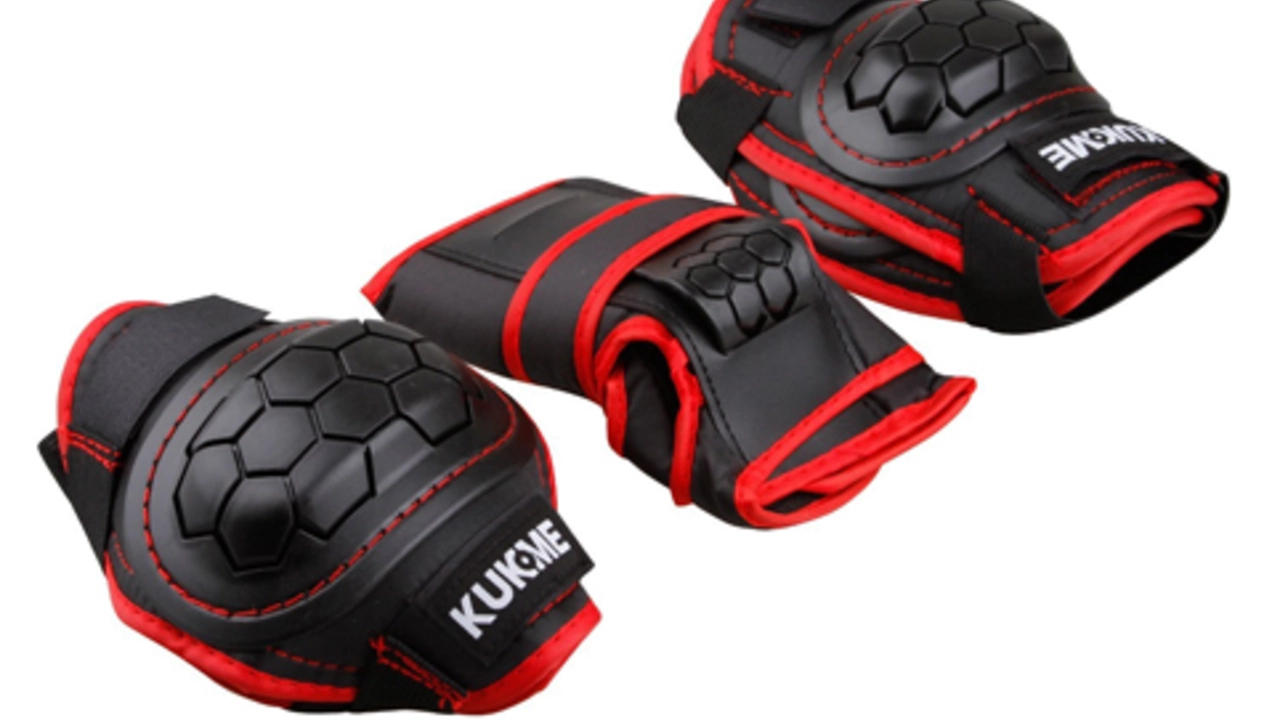Sports Gear: What Every Player Should Know
When talking about sports gear, the tools athletes use to boost performance and stay safe. Also known as athletic equipment, it covers everything from shoes to protective pads. soccer cleats, footwear designed for grip on grass or turf are a core piece, while baseball cleats, shoes built for quick lateral bursts and firm footing on dirt serve a different sport’s needs. sports gear isn’t just about looking the part; it’s about matching the right attributes—material, stud pattern, weight—to the demands of the game. For example, a lightweight soccer cleat with conical studs gives rapid acceleration, whereas a baseball cleat with herringbone spikes offers stability during sudden stops. Understanding these attributes helps you pick gear that fits your style and reduces injury risk.
Why the Right Gear Matters
Choosing the correct equipment influences three key outcomes: performance, comfort, and durability. A well‑fitted soccer cleat improves traction, letting you change direction faster and strike the ball with more power. In contrast, using the same cleat on a baseball field can slip you up because the stud layout isn’t optimized for lateral movement. Cheap gear often cuts corners on material quality, which can lead to early wear or blisters. That’s why many players start with budget‑friendly options like the Adidas Copa Mundial or Nike Mercurial Victory, which balance cost and durability. When you upgrade, think about specific attributes: ankle support for midfielders, extra cushioning for goalkeepers, or reinforced toe caps for outfield baseball players. Each attribute—stud shape, sole hardness, upper material—acts like a gear ratio, translating your effort into on‑field results.
Our collection below pulls together stories about gear choices, from the debate on using soccer cleats for baseball infielders to the best cheap soccer shoes that don’t break the bank. You’ll also find insights on how clubs invest in youth academy facilities and how that shapes equipment standards. Whether you’re a weekend warrior or a budding professional, the articles ahead give you practical advice, real‑world examples, and clear guidelines to help you gear up smartly.

Do soccer players wear cups?
While you'd think that soccer players, being in a sport where a ball is flying at high speeds, would automatically gear up with a cup, you'd be surprised! Most soccer professionals actually opt out of wearing cups. Sounds shocking, I know! It's mainly because they find it hampers their mobility and agility on the pitch. So, next time you cringe seeing a player take a low blow, remember, they chose speed over shield!